Fish rely on oxygen to survive in their aquatic environment.
While there are various methods to oxygenate the water, these methods often have downsides, such as high costs, space constraints, & time-consuming installation.
Aquarium plants offer an excellent solution for those looking for an economical and organic approach.
They add aesthetic appeal and naturally oxygenate the water, keeping it in optimal condition for fish. Moreover, these plants act as natural filters, making oxygen readily dissolve in the water.
Using high-yielding oxygenating plants can create a thriving and healthy ecosystem for your fish. So, which are the Best Aquarium Plants For Oxygenation?
While many aquarium plants can oxygenate the water, not all of them can do it effectively enough to maintain healthy oxygen levels in your tank.
As a busy fishkeeper, you may need more time to research the plants that produce the most oxygen. This guide will deliver all the answers that you need.
In this post, you’ll discover the best plants for your tank that work with your particular setup. We’ll share some excellent oxygenating plants to help you achieve optimal water conditions for your fish.
Additionally, you’ll learn about the many benefits of using aquatic flora to enhance your tank’s overall health and oxygenation.
So, which are the best aquarium plants for oxygenation? Here are six species that produce the most oxygen:
- Hornwort,
- Jungle Vallisneria,
- Anacharis,
- Green Cabomba,
- Red Ludwigia, and
- Eelgrass (Vallisneria)
Note: Surface agitation is a more effective method for increasing oxygen levels in your tank. Try using a compact wavemaker to enhance water circulation in your aquarium. Direct the device towards the water's surface to encourage movement and increase oxygenation.
Why Oxygenation Is Essential?
Adequate oxygen levels are crucial for a thriving aquarium environment. Fish, as well as other organisms, counts on oxygen to endure or survive.
For example, aquatic plants need oxygen during the night to undergo photosynthesis and absorb nutrients during the day.
Similarly, beneficial bacteria require sufficient oxygen to regenerate and function effectively within an aquarium.
When oxygen levels are low, these bacteria cannot properly decompose waste and impurities, potentially causing harm to your tank’s inhabitants.
All aquatic organisms, including fish and plants, rely on oxygen availability to grow in a tank.
Simply put, oxygenation is vital to the health and functionality of your tank! Without this essential process, your plants will wither away, beneficial bacteria will diminish, and your fish will suffocate.
So, how do you ensure your tank is rich in oxygen? As previously mentioned, two methods exist:
- Aeration devices that create surface agitation and release oxygen bubbles, and
- Plant photosynthesis.
The latter is a more natural and appealing alternative. However, not all tanks can rely solely on plant oxygenation, as some plants may not have the capacity to sustain an entire ecosystem.
But you can consider several high-yielding oxygenating plants, which we will examine in the next section of this post.
Best Aquarium Plants For Oxygenation
In general, aquarium water contains less oxygen than air. As a result, aquatic environments require a reliable source of oxygen.
While all plants produce oxygen, some species and types are more efficient at this than others. Therefore, it is logical that fully submergible plants are the best choice for oxygenating aquariums.
Unlike floating plants, fully submerged vegetation can release oxygen directly into the water. Additionally, they are capable of absorbing large amounts of pollutants, which aids in oxygen permeation.
Water that is dirty and filled with waste often has low oxygen levels. However, plants can utilize waste as fertilizer and neutralize harmful substances in the tank.
With fully submergible plants, these benefits are amplified, leading to increased oxygen levels.
Hornwort

Let me acquaint you with Hornwort, an oxygenating plant of prime significance. Also known as coontail, this hardy species enjoys widespread popularity in the realm of fishkeeping.
Hornwort has the ability to thrive in various climatic conditions, although we recommend a cooler water environment for optimum results.
When aquarium water is heated, it can diminish the oxygen levels in your tank. In order to maximize the oxygenation benefits of Hornwort, it is advisable to maintain a consistently calmer water temperature.
By doing so, your tank will retain more oxygen generated by this remarkable plant.
It is essential to anchor the plant in place to reap the most benefits from Hornwort. Although Hornwort can float freely in the water column, securing it with the substrate or other objects is more advantageous, as this will promote taller growth and increase oxygen production.
Furthermore, ample lighting is critical for the proper development of Hornwort. In environments with higher light volumes, this plant will thrive with vigor.
Jungle Vallisneria
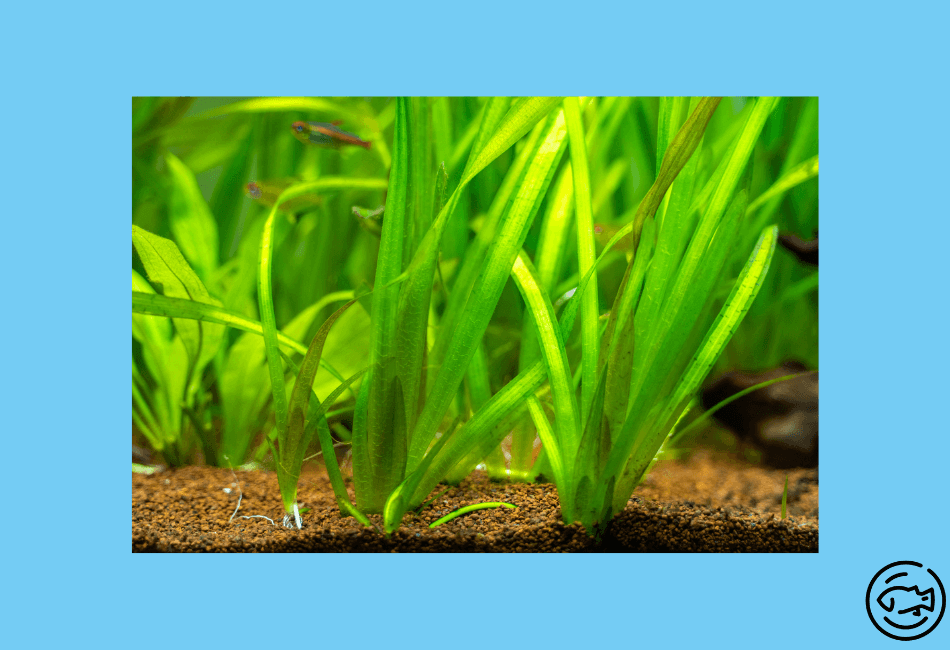
Jungle Vallisneria, an aquarium hobbyist favorite since its inception, is a highly resilient plant capable of withstanding a broad spectrum of water conditions.
Its hardiness allows it to thrive in low temperatures up to 65 degrees Fahrenheit, making it a fitting addition to cold water aquariums and ponds. Boasting impressive growth rates, this tall plant can reach heights up to 6 feet.
When it comes to light requirements, Jungle Vallisneria is highly adaptable and can flourish in any lighting condition.
Although it can survive and grow in low light, it is advisable to keep it under high-intensity lighting for accelerated growth rates. Given its towering stature, Jungle Vallisneria should be positioned in the background if placed in an aquarium.
Jungle Vallisneria is known for tolerating a diverse range of water parameters. However, maintaining water temperature within the 65 to 85 degrees Fahrenheit range and pH levels between 6.8 to 8.0 is crucial to ensure optimal growth. It also prefers water hardness ranging from moderately challenging to very hard.
The choice of substrate for planting Jungle Vallisneria in an aquarium is flexible, with either sand or gravel being suitable options. Fertilization is another critical aspect of ensuring that this plant thrives.
Regularly supplementing it with iron-rich fertilizers is essential for its proper growth. Liquid fertilizers are a practical option, particularly when added after water changes.
Ludwigia Repens
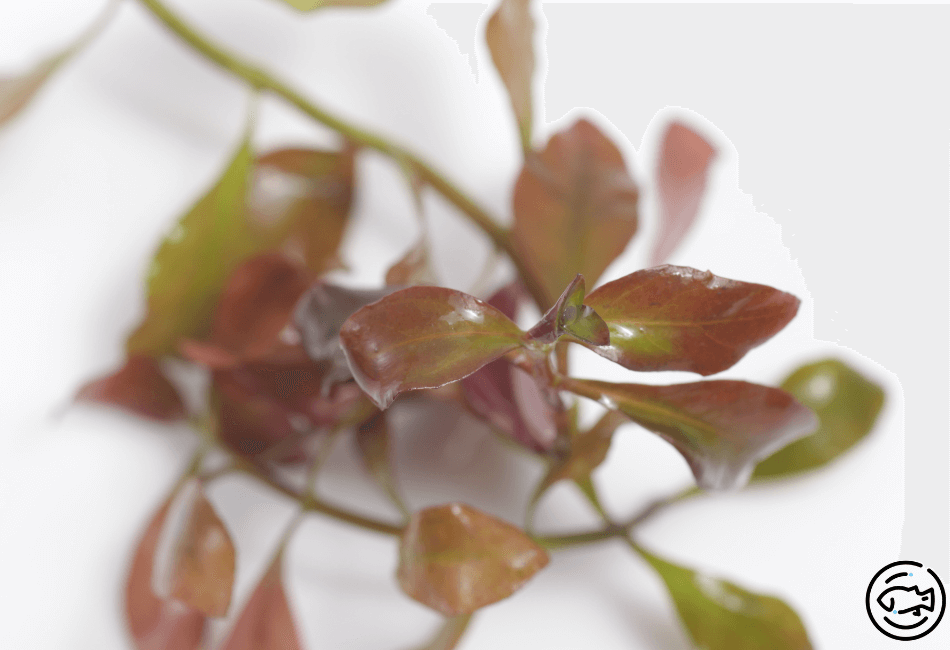
Ludwigia Repens, a widespread aquatic plant, comes in two distinct varieties – green and red.
The red variant, in particular, is a sight to behold, flaunting a vivid crimson hue that deepens with more light exposure. Beyond its aesthetic value, this plant is also an excellent source of oxygen for fish and other organisms in your tank.
Moreover, Ludwigia Repens has a remarkable growth rate, and its oxygenating benefits become apparent once it takes root in your aquarium.
However, to ensure optimal growth outcomes, providing this plant with abundant light and fertilizers is crucial.
Besides, it is advisable to maintain a warmer water climate for the red variant, preferably between 72 to 82 degrees Fahrenheit. On the other hand, the Green Ludwigia can thrive in relatively cooler water conditions.
Green Cabomba
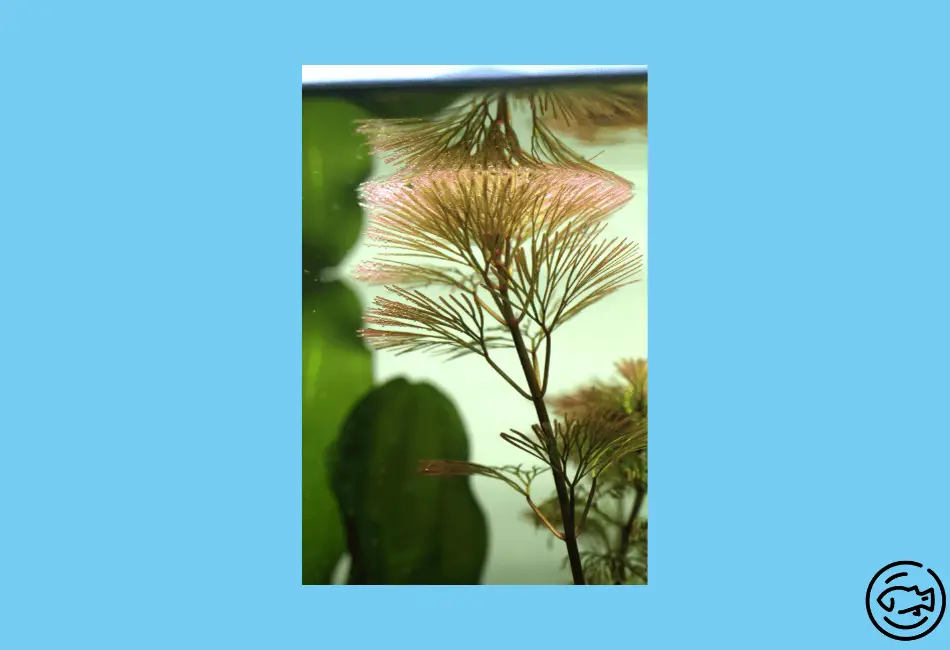
The Green Cabomba is another aquatic plant that effectively enhances the oxygen levels in your aquarium, promoting better breathability for your aquatic creatures.
Although popularly used in outdoor pond systems, this versatile plant can also be used in tanks for similar oxygenation.
However, it is crucial to note that caring for this stem plant can be pretty challenging, and it is not advisable for inexperienced tank owners.
Nevertheless, for seasoned plant enthusiasts, the Cabomba can serve as a stunning backdrop for their fish. Besides, the plant has diverse color options, including red and purple.
Regarding lighting, providing medium to high intensity is essential for optimal growth. Additionally, you can float or root the Cabomba in your tank.
However, given its rapid growth rate, regular trimming is necessary to maintain the desired aesthetic appeal of the tank.
Eelgrass
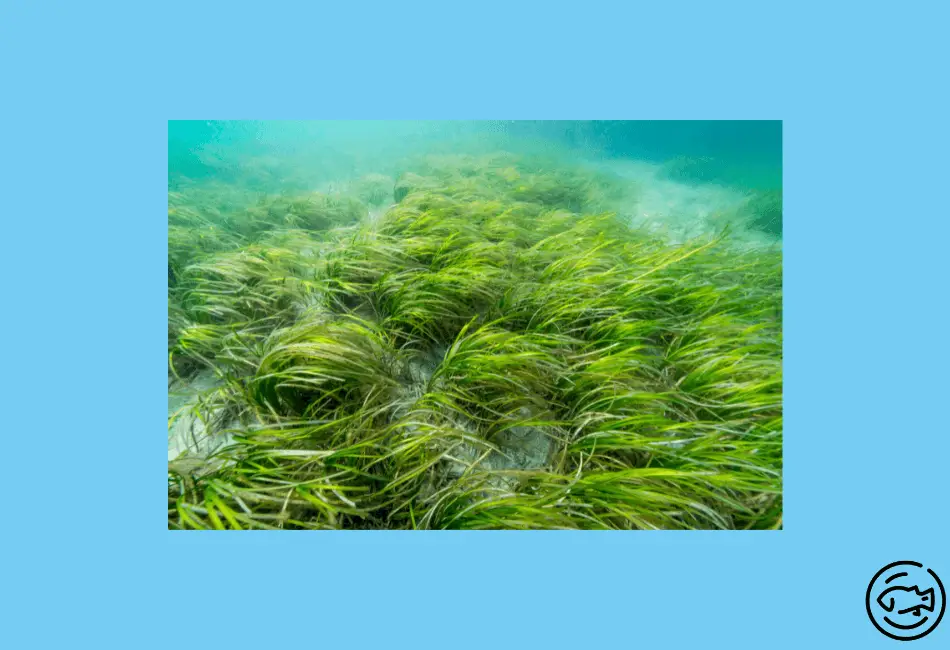
Eelgrass is aesthetically pleasing submerged vegetation that offers superior oxygenation benefits. Its undulating blades effortlessly propagate within the tank, providing abundant oxygen to the surrounding environment.
With an extensive coverage area and elongated fauna, Eelgrass boasts some of the most exceptional oxygenation qualities among all aquatic plants.
Moreover, cultivating Eelgrass is hassle-free, as it requires minimal upkeep and grows expeditiously in any tank.
This makes it an excellent choice for aquarium enthusiasts who wish to infuse their tanks with oxygenating vegetation.
However, it is essential to exercise vigilance while cultivating Eelgrass, as unbridled growth can lead to oxygen depletion in the tank. Therefore, it is vital to maintain a balanced ecosystem and prevent excessive plant growth.
Anacharis
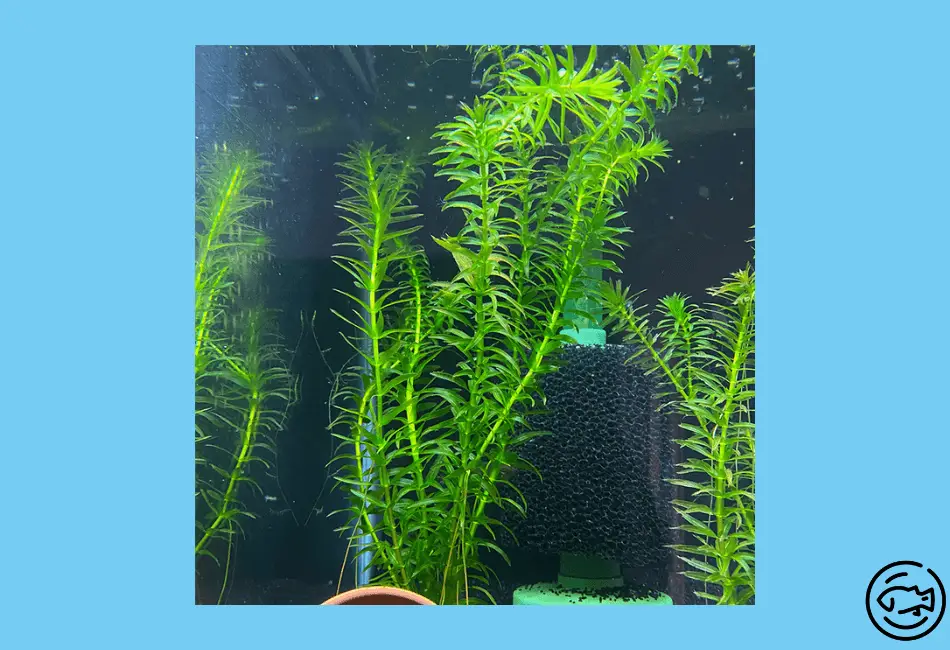
Lastly, let’s talk about the Anacharis, another excellent plant for oxygenating your aquarium. Like the other plants discussed earlier, the Anacharis yields copious amounts of oxygen.
Also known as waterweeds, these lush and towering plants are particularly easy for novices to grow.
Notably, the Anacharis has a rapid growth rate, creating superbly shaded areas for your aquatic pets to enjoy.
Moreover, this plant can thrive in water temperatures as low as 60 degrees Fahrenheit, significantly boosting oxygen saturation levels in your tank.
While rooting the Anacharis is not necessary, using a substrate can further enhance its growth. Any substrate type will suffice, provided you add fertilizer to boost plant health.
Lastly, adequate lighting is crucial for the Anacharis’s survival, as the low light intensity can be detrimental to its growth and vitality.
Conclusion
In conclusion, the right choice of aquatic plants can significantly boost oxygen levels in your aquarium, creating a healthy and thriving ecosystem for your aquatic pets.
By incorporating oxygenating plants such as Eelgrass, Green Cabomba, Ludwigia Repens, and Anacharis, you can provide your aquatic inhabitants with an environment that supports their growth and well-being.
However, it is crucial to report that each plant has distinctive requirements that must be met for optimal growth outcomes.
Proper lighting, fertilization, and water temperature regulation are crucial factors when growing these plants in your aquarium. Additionally, it is essential to strike a balance between the number of plants in your tank and the needs of your aquatic pets.
In summary, selecting the right plants and ensuring proper care and maintenance can enhance the beauty and functionality of your aquarium while providing an ideal environment for your aquatic pets to thrive.



